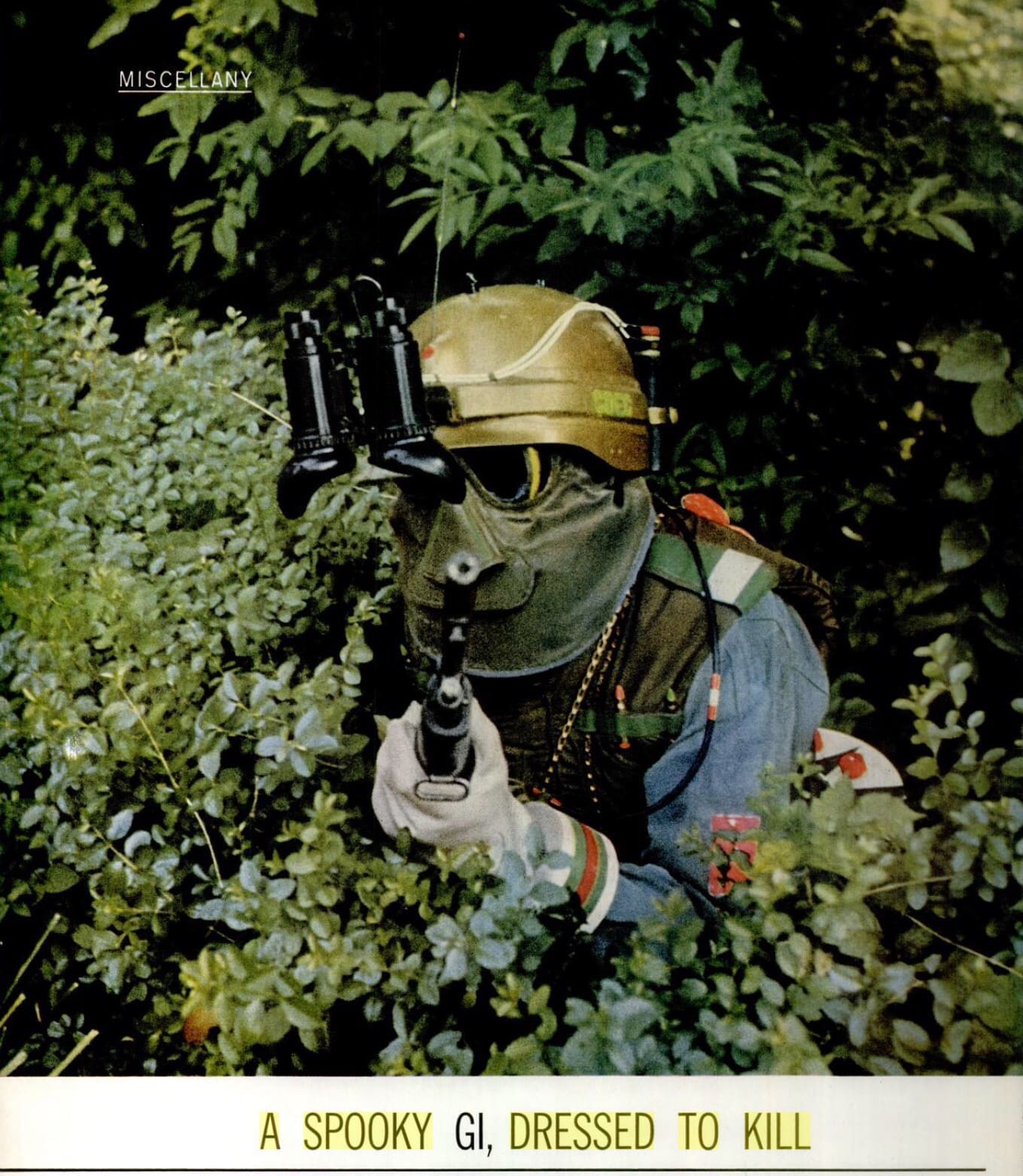USSOCOM Science and Technology Directorate’s (SOF AT&L-ST) has issued addendum J of their Broad Agency Announcement for advanced technologies. The directorate’s vision is to Discover, Enable, and Transition technologies to provide an asymmetric advantage for Special Operations Forces (SOF). SOF AT&L-ST has identified specific technology Areas of Interest to accelerate the delivery of innovative capabilities to the SOF warfighter.
Fires/Scalable Effects Weapons (SEW):
USSOCOM seeks to study, design, develop, and demonstrate advanced technologies associated with the application of fire from non-lethal through lethal. These technologies include, but are not limited to, weapons, munitions, and fire control, with the major development goals being lighter weight, lower cost of ownership throughout the entire lifecycle of the product, and increased effectiveness. Highly desired are:
Improved Effectiveness of Fragmentation Weapons. Alternatives to existing fragmentation weapons, or weapons where the casing is shattered upon detonation, and identifying munitions with greater effectiveness while applying the FBI standard for bullets (10-12 in penetration of tissue simulant) in the design of fragmentation munitions. The technology and approaches should assess what industries such as aerospace, automobile manufacturing and other non-ordnance suppliers have available or in development that applies to the needs. Specifically desired are:
Analysis of alternatives on potential of fragmentation weapons.
Enhanced 40mm x 46xx fragmentation grenade. USSOCOM is interested in an enhanced 40mm x 46mm cartridge propellant system that optimizes the acceleration curve enabling heavier payloads at current ranges or current payloads a longer range while remaining within current pressure and recoil limits. Peak chamber pressure is approximately 2320-3000 psi depending on barrel material and thickness. Recoil safety limit is 45 ft-lbs to 50 ft-lbs. USSOCOM is interested in increasing the lethal area of a 40mm x 46mm fragmentation projectile with enhanced energetics and optimize controlled fragmentation. USSOCOM defines lethal area as having a minimum of 2 fragments per square meter and 90% of those fragments penetrating 12 inches of 10% tissue simulant.
Payload Development. Technologies that can be employed as a payload to stop/disable maritime vessels and that can be delivered from an unmanned underwater vehicle (UUV). The payload can deliver a non-reversible effect, however, the effect should not betray hostile intent. Technologies/payloads that can be transported in a UUV compartment and can be exposed to a harsh, marine environment. Technologies/payloads should stop a vessel less than 50 meters long.
Human Performance
USSOCOM seeks to conduct research, design, development and demonstration of capabilities that enhance physiological, physical, psychological, and intellectual performance, and improve resistance to disease, stress, or injury caused by the demands of sustained operations in extreme environments. Highly desired are:
Performance Enhancements. Innovative solutions that will optimize human performance, reduce recovery time, and increase peak performance sustainability, including increased endurance, strength, energy, agility, enhanced senses, provide restorative effects of sleep, and enhance tolerance to environmental extremes. The technologies can be demonstrated through studies that provide proof of concepts or through solutions demonstrated in humans that quantify operational performance improvements. Technologies should not consist of new software applications, wearables, and additional studies on existing nutraceuticals that have been previously researched in depth. SOF AT&L-ST is specifically interested in:
Genomics, epigenetics, proteomics, and synthetic biology
Nutraceuticals and/or pharmaceuticals
Enhancing metabolic efficiency
Methods of improving oxygen delivery to muscles
Reducing the potential for musculoskeletal injury
Increasing tolerance to pain
Cognitive Enhancement
Sleep Restoration
Submissions should consider methods of demonstrating safety and efficacy, and a regulatory approval strategy if required. Proposed solutions do not have to be FDA cleared as a prerequisite, but nutraceuticals and/or pharmaceuticals must be US-sourced. Submitters should have access or partners with access to lab facilities.
Protection
USSOCOM seeks to conduct research, development and demonstration of advanced technologies associated with protecting the future dismounted SOF Operator. These technologies include, but are not limited to, ballistic body armor, helmets, and eye protection, with the major development goals being lighter weight and increased protection. SOF AT&L-ST is specifically interested in chemistry and microstructure improvements for advanced armor materials, including the following:
Mechanical property enhancements in existing armor ceramics through microstructure modifications
Development of new ceramic armor materials
Continued optimization of fiber-based armor materials, to include aramids, ultrahigh molecular weight polyethylene, and their associated resin systems
Investigations into additive manufacturing of armor materials (metals, polymers, and ceramics)
Thin, lightweight and low-cost transparent armor (polymer, glass and ceramic based solutions)
While the main focus of the research should be development of advanced armor materials, other considerations include projectiles of interest (7.62 x 39 mm MSC at 2400-2450 ft/s, 7.62 x 39 mm API BZ at 2400-2450 ft/s, 7.62 x 54R mm API B32 at 2850-2900 ft/s, and 7.62 x 51 mm AP M993 at 3050-3100 ft/s), a final system thickness of less than 1.0 inch, backface signature performance of less than 44.0 millimeters at the velocities listed above, and an ultimate goal of areal density reduction (with similar or improved ballistic performance).
Optical Electronics
USSOCOM seeks to conduct research, design, develop, and demonstrate advanced technologies associated with target engagement, intelligence, surveillance & reconnaissance, and neutralization of opposing force capabilities. These technologies include, but are not limited to, optics, lasers, sensors, and radar, with the major development goals being transition to the field within 5 years, backwards compatible with existing infrastructure, and do not require a significant cost investment to produce and sustain. SOF AT&L-ST is specifically interested in:
Observer to Point of Interest: Ground-to-Ground/Air-to-Ground
Man Portable Equipment and Turrets / Pods to Tower-Test
Characterization Abilities: Ability to identify and detect persons or objects of interest, identification of and thru material layers
Technologies that can be employed to effect long range enemy identification, to include laser vibrometry. Specific distances have yet to be determined, but should work outside the signature ranges of Intelligence, Surveillance and Reconnaissance (ISR) platforms to ensure surreptitious collection
Interested parties must submit whitepapers for this BAA Addendum which closes on June 5, 2017, at 11:59 p.m. EDT. USSOCOM may select some candidates which will then be funded up to $3m and given up to three years of development.
For full details, visit www.fbo.gov.

















































































































